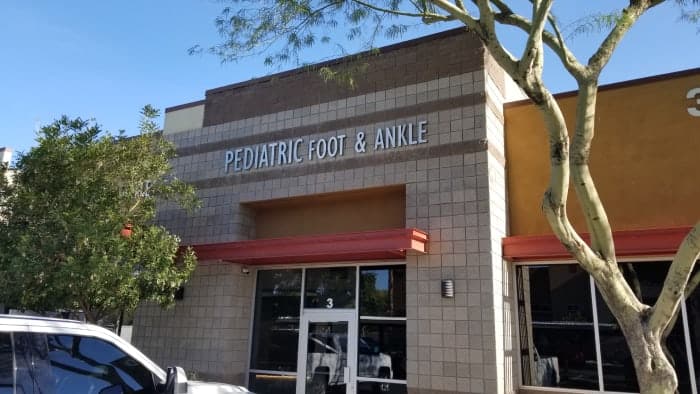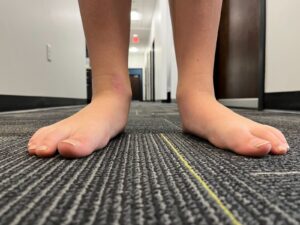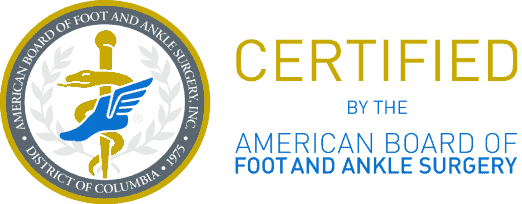Toe walking is a common concern in pediatric orthopedics, often prompting parents to ask: “Should we wait until our child is older before considering surgery?” While waiting may seem cautious, delaying treatment can reduce correction effectiveness and lead to permanent joint changes.
Dr. Jarman explains why early intervention—especially around age 7 or 8—can make all the difference in long-term outcomes for children struggling with toe walking.
Why Early Treatment Matters for Toe Walking
Many parents are told to wait until their child reaches skeletal maturity before taking action. However, what often goes overlooked is how joint adaptation occurs over time. When a child continues to toe walk into adolescence, the joints—particularly in the ankle—begin to deform and flatten as they adjust to abnormal positioning.
These structural changes limit the extent of correction that is possible, even with surgical intervention. When caught early, before the joints have adapted, full correction and significantly better outcomes can be achieved.
Risks of Waiting Too Long

Delaying treatment may lead to the following:
- Joint Deformation: Continued toe walking can flatten the ankle joint, making full correction harder or even impossible later on.
- Limited Surgical Correction: While surgery in older children still offers great results, due to joint stiffness or adaptation, there are often limits to how much correction can be achieved.
- Possible Need for Additional Surgeries: Older children with more severe deformities may require more than one surgical procedure to reach satisfactory outcomes.
- Non-Optimal Results: Even with successful treatment, the final result may not be as ideal as it would have been with earlier intervention.

Why Younger Is Better for Toe Walking Correction
The younger the child at the time of treatment, the more flexible the joints are and the less likely they’ve adapted to an abnormal walking pattern. Early surgery or therapy allows for:
- Full range of motion restoration
- Better long-term mobility
- Improved chances of avoiding repeat surgeries
- Overall higher satisfaction with results—for both parents and children
When Should You Seek Help?
If your child is consistently toe walking past the toddler years—especially by ages 5 to 7—it’s time to consult a pediatric foot and ankle specialist. Early evaluation and imaging can help determine whether conservative treatment or surgical correction is appropriate and how much correction is achievable.

Schedule a Consultation with Dr. Jarman
If you’re concerned about your child’s toe walking, don’t wait. Schedule an appointment with Dr. Jarman at Pediatric Foot and Ankle to learn about treatment options and prevent long-term joint complications.
No matter where you live, you can also schedule a virtual consultation with Dr. Jarman to discuss your child’s toe walking.







